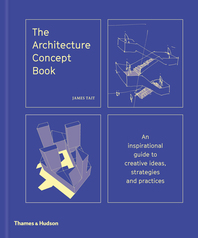As New York furiously expands skyward, one of the most exciting projects is happening underground. The Lowline, cofounded by James Ramsey, of the design practice RAAD Studio, and Dan Barasch, innovatively transforming a long-abandoned MTA-owned trolley station below Delancey Street on Manhattan’s Lower East Side into a new kind of public space. Using cutting-edge solarcapture technologies and oldfashioned botany, Ramsey wants to reengineer the dilapidated station into a self-contained ecosystem that serves as a neighborhood resource, an empowering educational hub, and an “oasis for people to retreat to from the chaos of the street.”
Ramsey hit on the idea for the Lowline (shown in the above rendering) seven years ago, and in 2015 the team opened a working model, the Lowline Lab, a stone’s throw from the actual site. It gave the community a peek into the future, and what they saw was straight out of science fiction. In a dark room in a set-to-be-demolished market building, sunlight beamed into the space through rooftop-mounted reflectors and a series of clear tubes. This light was splayed across a metallic canopy that radiated the solar energy onto a thriving terrarium, which included 3,000 different plants of 50 unique varieties: ferns, grasses, berries, spiderwort, and greenery that dripped from the ceiling like stalactites.
The Lab closed in February, and there’s a long road ahead for the actual project to make its proposed 2021 opening. Ramsey and team need to solve a series of technological and design problems, as well as raise something like $70 million before construction can begin (at some unspecified date). But the prototype has proved invaluable on two fronts: it helped them test and hone the technology, while generating interest and commitments from the city government and the public— an outcome as important to Ramsey as radical rethinking and fund-raising.





